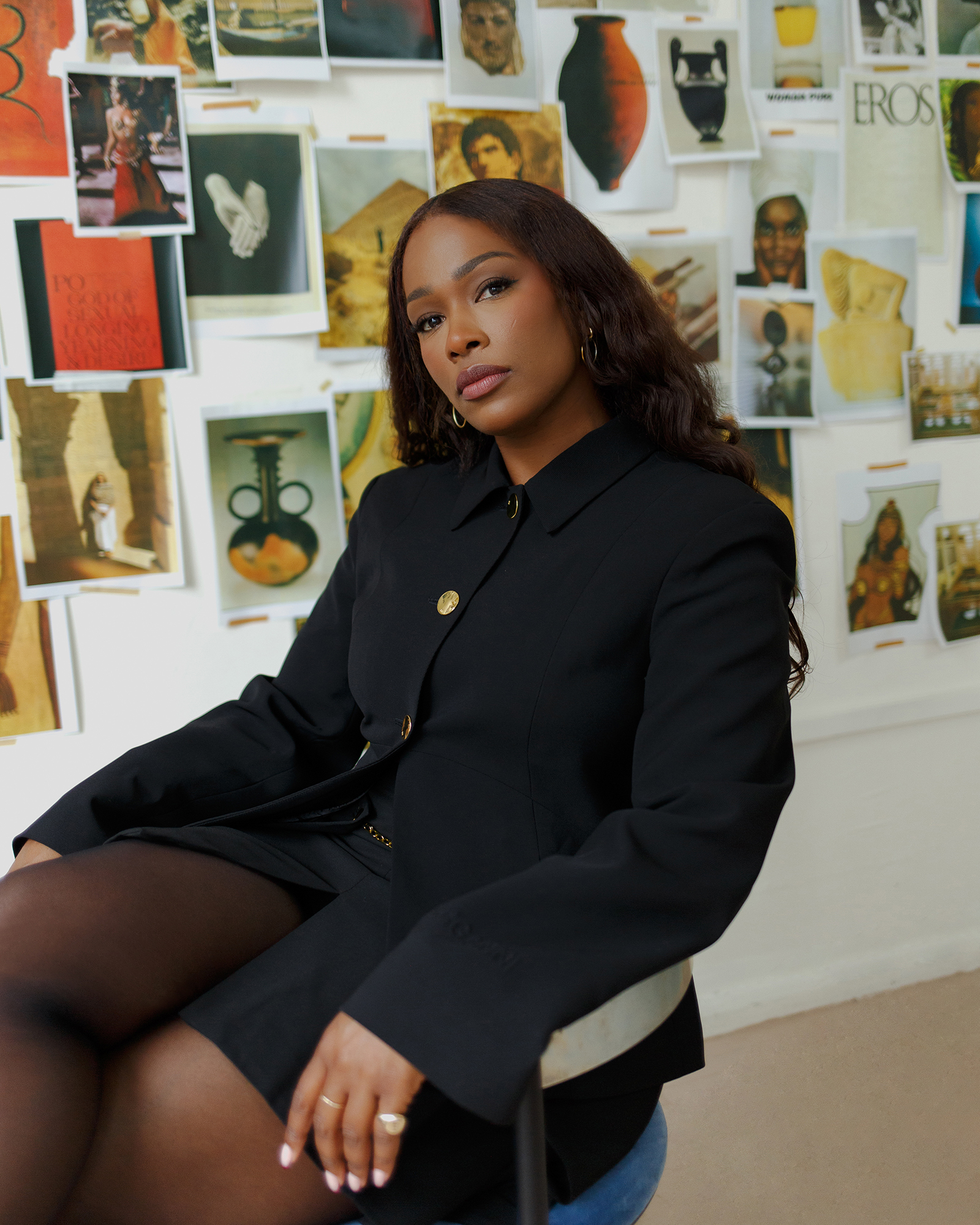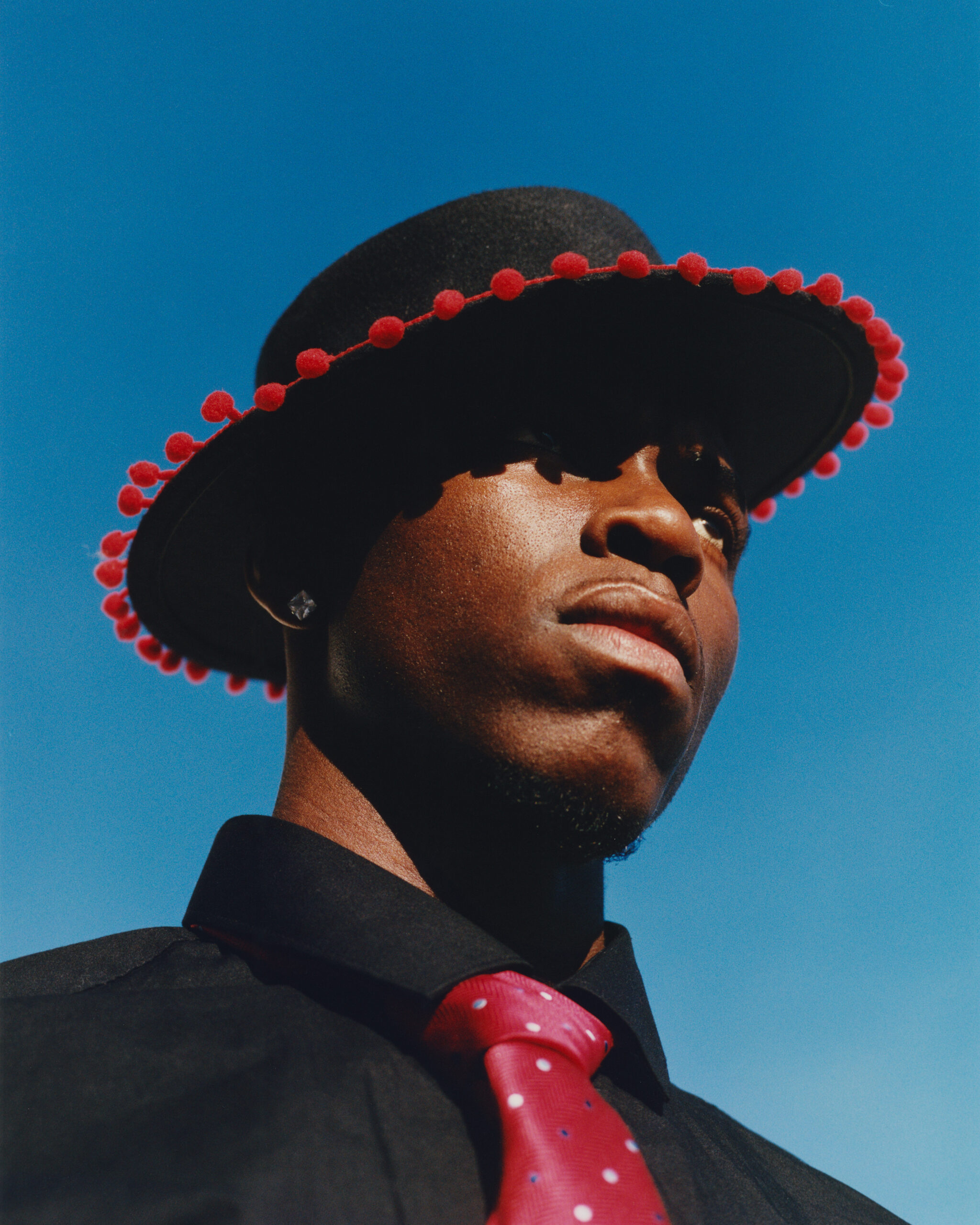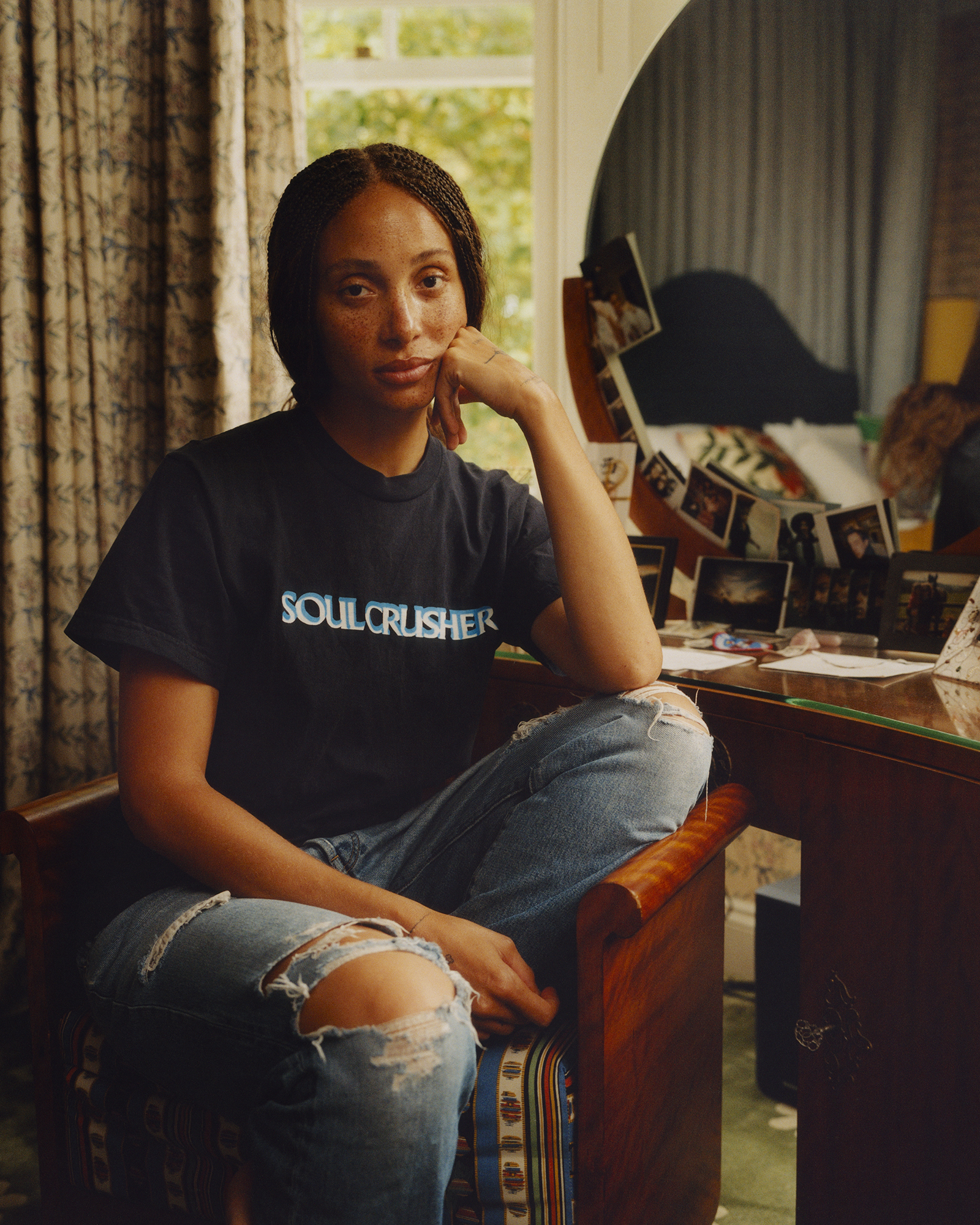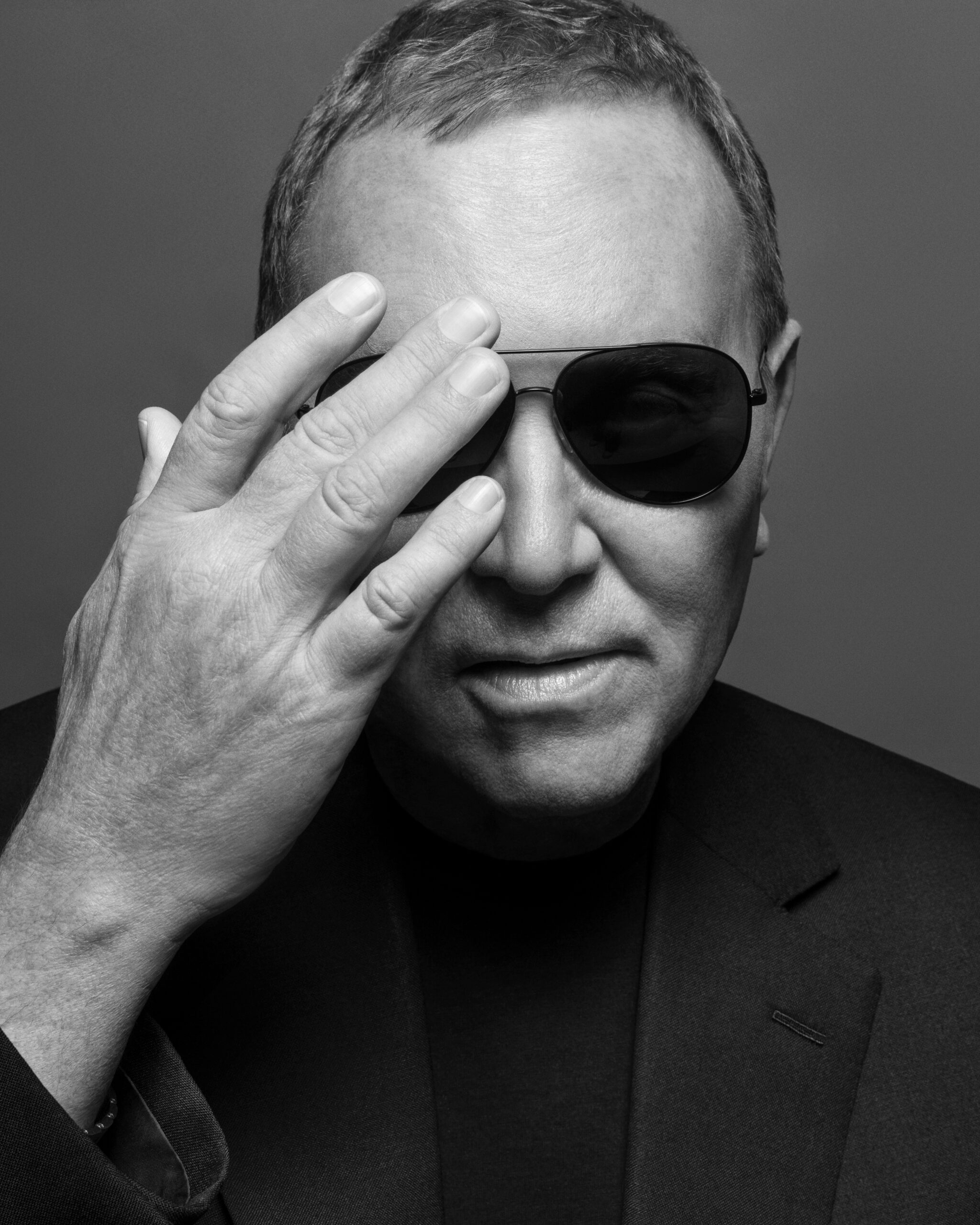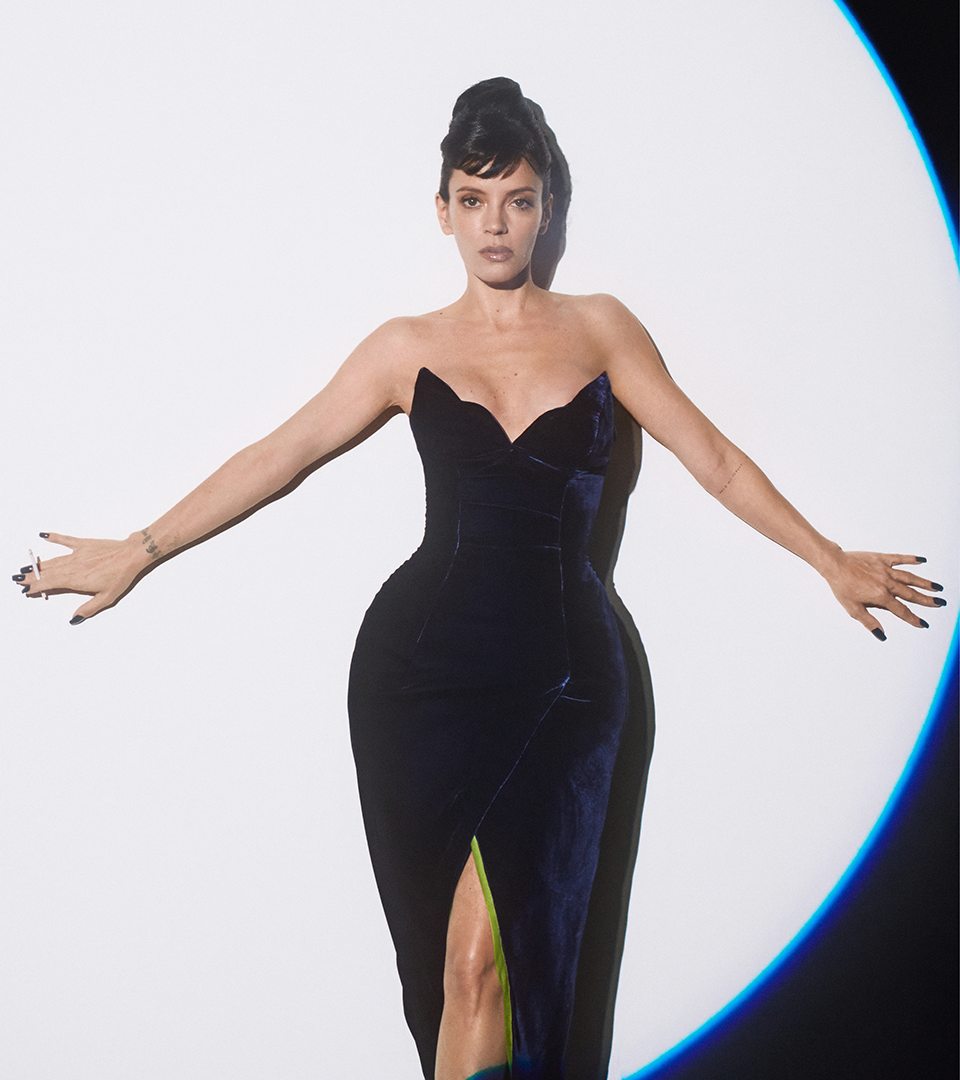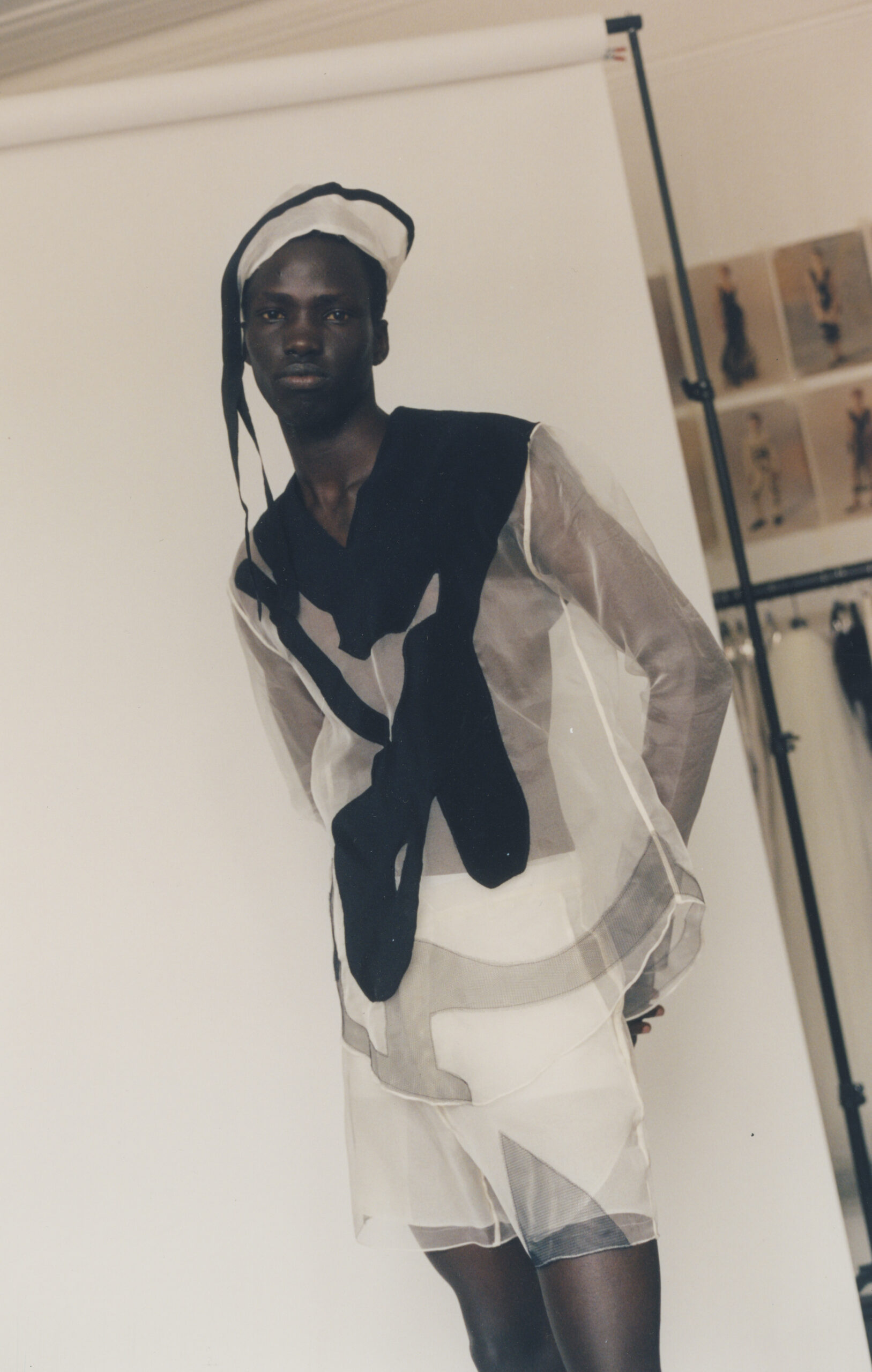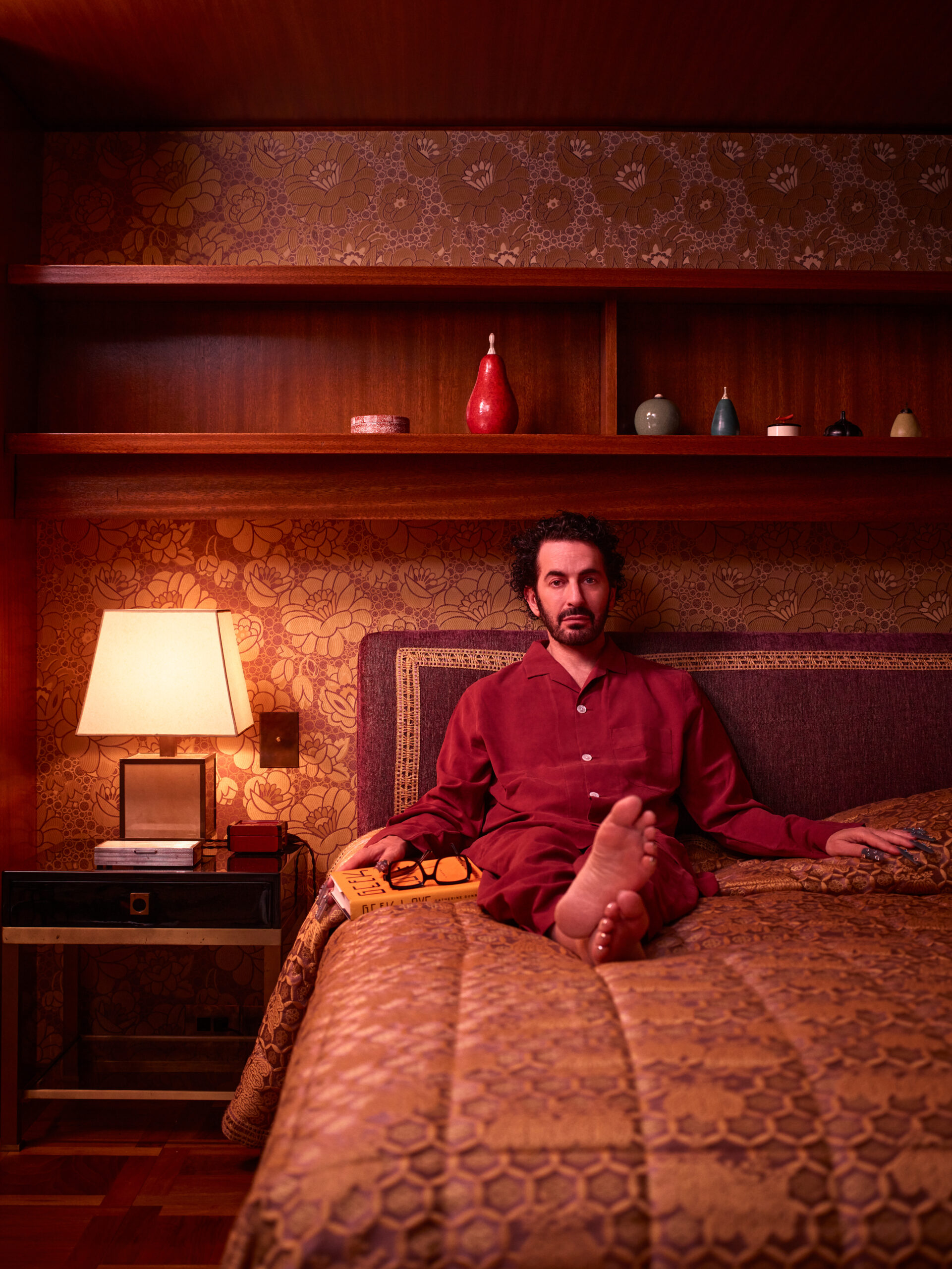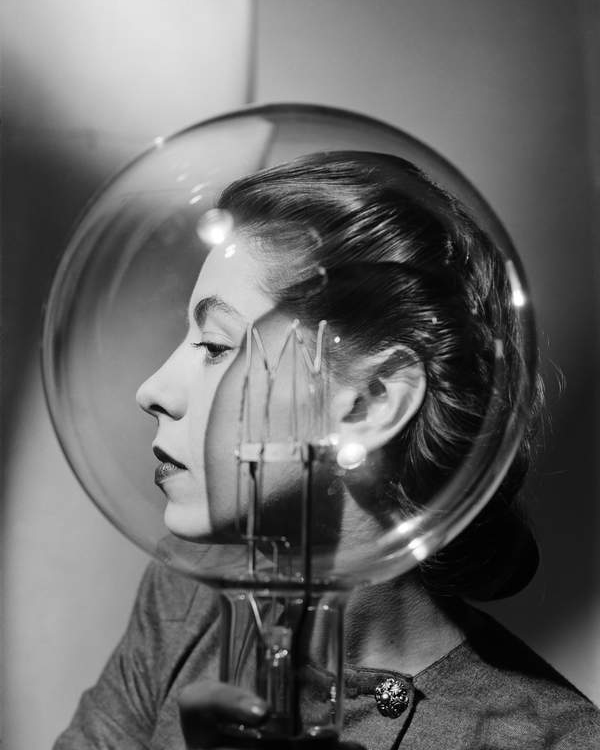
Capturing Beauty
and Inhumanity:
The Legacy of Lee Miller
Emi Eleode takes us inside Tate Britain’s new Lee Miller exhibition.
Spectacular contrasting works that shift from the experimental to the personal, mysterious, striking, exhilarating, and terrifying. Lee Miller played many roles — as a model, muse, visionary photographer, photojournalist, and writer. She even expressed her creativity through gourmet cooking. Miller’s career spanned both in front of and behind the camera, leading the surrealist movement, working in fashion photography, and documenting war scenes. It now forms an extensive new retrospective at Tate Britain dedicated to her pioneering work, which continues to resonate with audiences.
The show, which runs until February 16, is organised into chapters that trace Miller’s career, displayed in 11 rooms featuring around 250 vintage and modern prints, some of which are previously unseen. It highlights an influential photographic legacy that captures both beauty and inhumanity, which might have remained obscure if not for Miller’s son, Antony Penrose, who discovered journals, prints, and 60,000 negatives in an attic. He dedicated his life to ensuring the world recognises her contributions.
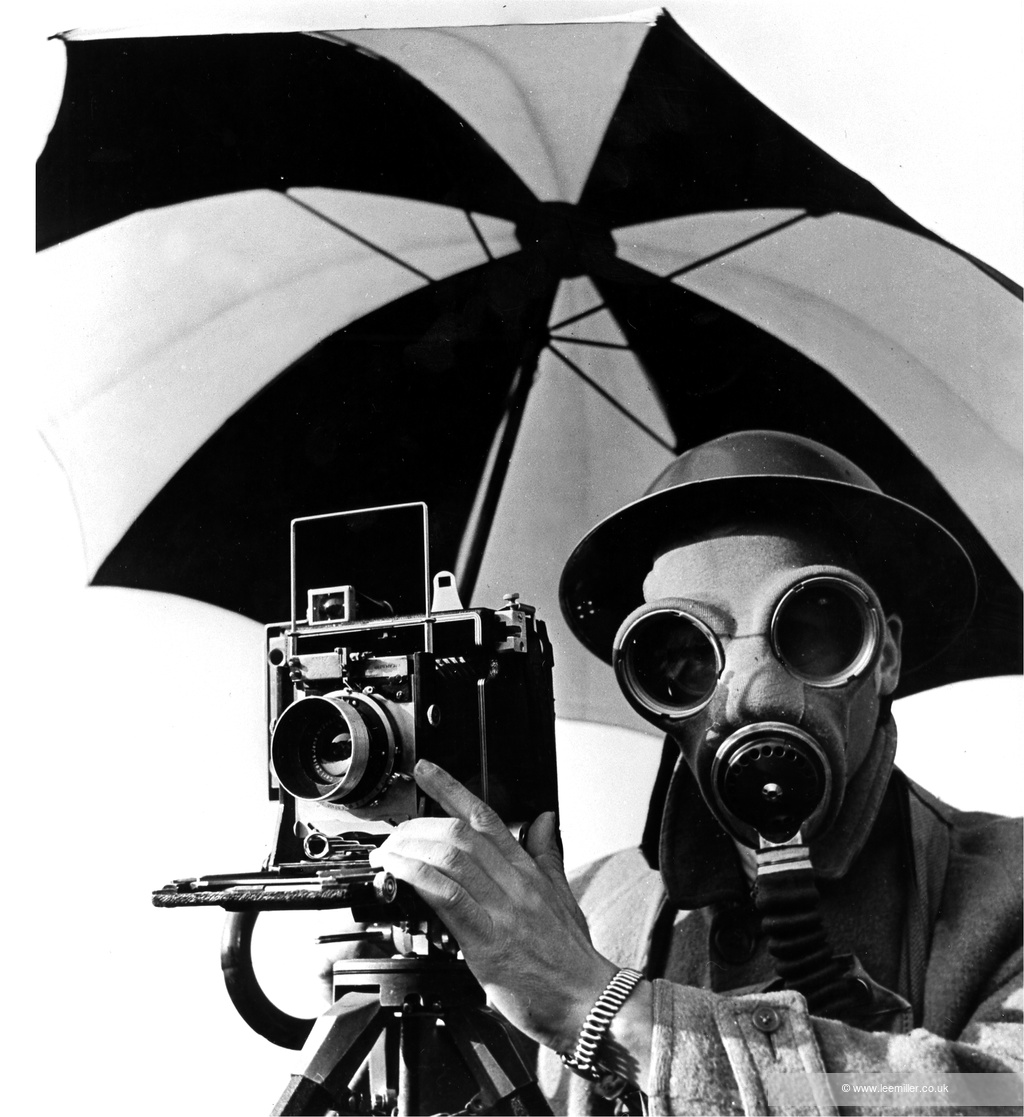
Lee Miller, David E. Scherman dressed for war, London 1942. Lee Miller Archives. © Lee Miller Archives, England 2025. All rights reserved. leemiller.co.uk.
Born in Poughkeepsie, New York in 1907, Miller started her career as a fashion model in the 1920s, modelling for iconic photographers such as Edward Steichen and Cecil Beaton, and appeared in Vogue and Vanity Fair. She later moved to Paris, becoming a significant figure in the surrealist and avant-garde scenes. Initially a muse for Man Ray, she soon became a frequent collaborator and an apprentice to George Hoyningen-Huene.
These roles inspired her to pursue photography while living in Paris from 1929 to 1932. Miller demonstrated a talent for capturing the surreal in everyday life, utilising the camera’s technical abilities to suspend time and evoke a dreamlike atmosphere. She played with light, shadow, silhouettes and composition to add mystery and drama, as seen in Hand In Silhouette, Paris, 1931, and Untitled (Sculpture in window), Paris, 1930. This image depicts various sculptures displayed in a Parisian shop’s window, with a central male classical sculpture illuminated by light. It’s a striking photo because the inanimate object appears to have come to life, frozen in stillness.
For two years, from 1932, Miller spent time in New York, where she opened her own commercial studio. However, the repetitive demands of clients left her feeling dissatisfied, although one of her most notable works during this period was a commission to photograph some of the all-African American cast and crew of the groundbreaking modernist opera Four Saints in Three Acts, which challenged the popular opera conventions of that era.
Miller’s 1934 move to Cairo marked a new chapter in her career, leading her on expeditions across Egypt, Lebanon, Palestine, Syria, Greece, Romania, and Cyprus. She documented customs and folklore to preserve tradition and history, such as Egypt’s industrial modernisation and uprisings against British colonialism. She also joined Cairo’s radical Art and Freedom Group.
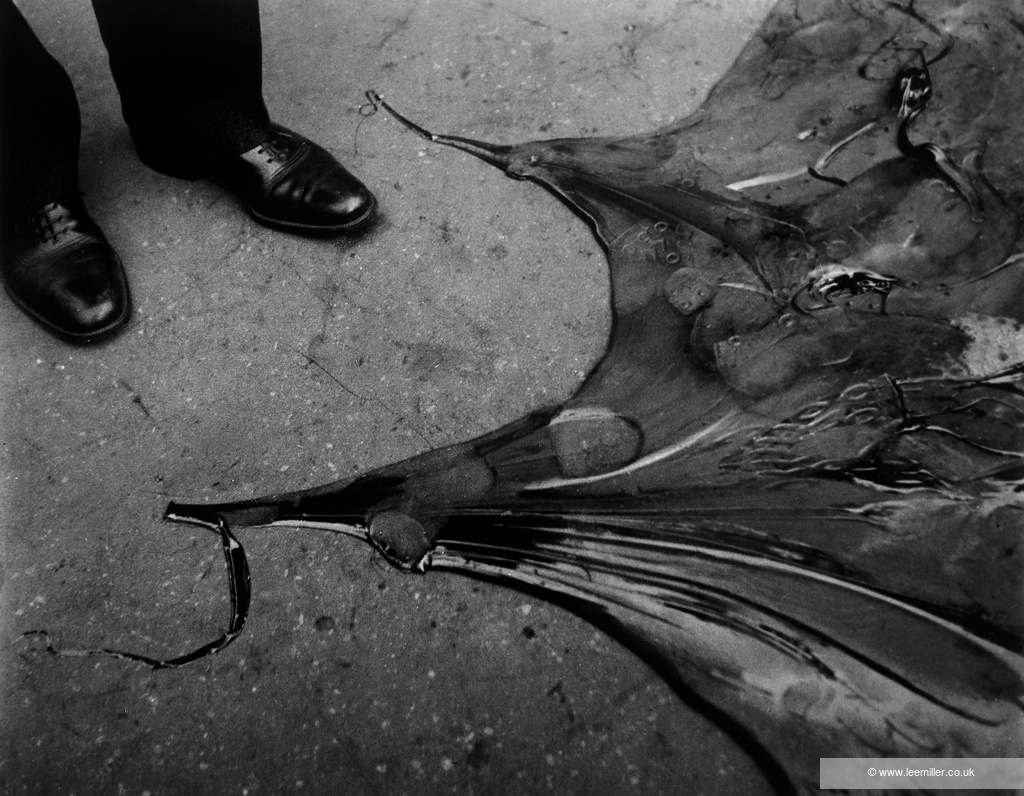
Lee Miller, Untitled, Paris 1930. Lee Miller Archives. © Lee Miller Archives, England 2025. All rights reserved. leemiller.co.uk
Ignoring warnings from family and friends, she moved to London before the outbreak of the Second World War. However, her US citizenship and being a woman limited her work prospects. Instead, during the 1940s, she photographed for British Vogue, capturing scenes of Blitz-damaged London, juxtaposing scenes of wreckage with editorials featuring newly designed clothing as seen in Model (Elizabeth Cowell) Wearing Digby Morton Suit, London, 1941, where the BBC broadcaster poses in a stylish suit with a skirt made from rationed materials, and the June 1941 British Vogue magazine spread Fashions for factories, showcasing the chic but utilitarian clothing suitable for the wartime roles of working women who took jobs in factories while also managing their households during the war.
By 1943, Miller had become a photojournalist and war correspondent for the US Army. She gained access to military areas, including Royal Naval Air Operations, the all-women Auxiliary Territorial Service, and surgical procedures. She photographed military marches, scenes from the Buchenwald and Dachau camps weeks after liberation, including beaten SS officers trying to escape, starving children in hospitals waiting for medication, destroyed towns, and people wearing masks to protect against chemicals. She captured both the jubilation and disillusionment that followed the war, revealing the state of Europe at the time.
Eventually, wartime reporting took a toll on Miller, who suffered from post-traumatic stress disorder. She returned to London in 1946 as an internationally celebrated photographer, and continued her work for Vogue, photographing artist friends such as Isamu Noguchi, Picasso, Dorothea Tanning, and Wifredo Lam. However, her love for photography later waned, and she turned to gourmet cooking instead.
Miller lived life to the fullest, with a free spirit and keen eye for the unexpected, which brought out a sensitivity and tenderness in her remarkable photographs that remain relevant today. One of the final images in the exhibition is a rare 1950 self-portrait of Miller taken in Oskar Kokoschka’s London studio — where she had photographed him. In the portrait, she is surrounded by his artworks and is posed on a ladder between two mirrors, gazing into her camera lens. This image symbolizes her recognition as an artist among artists.
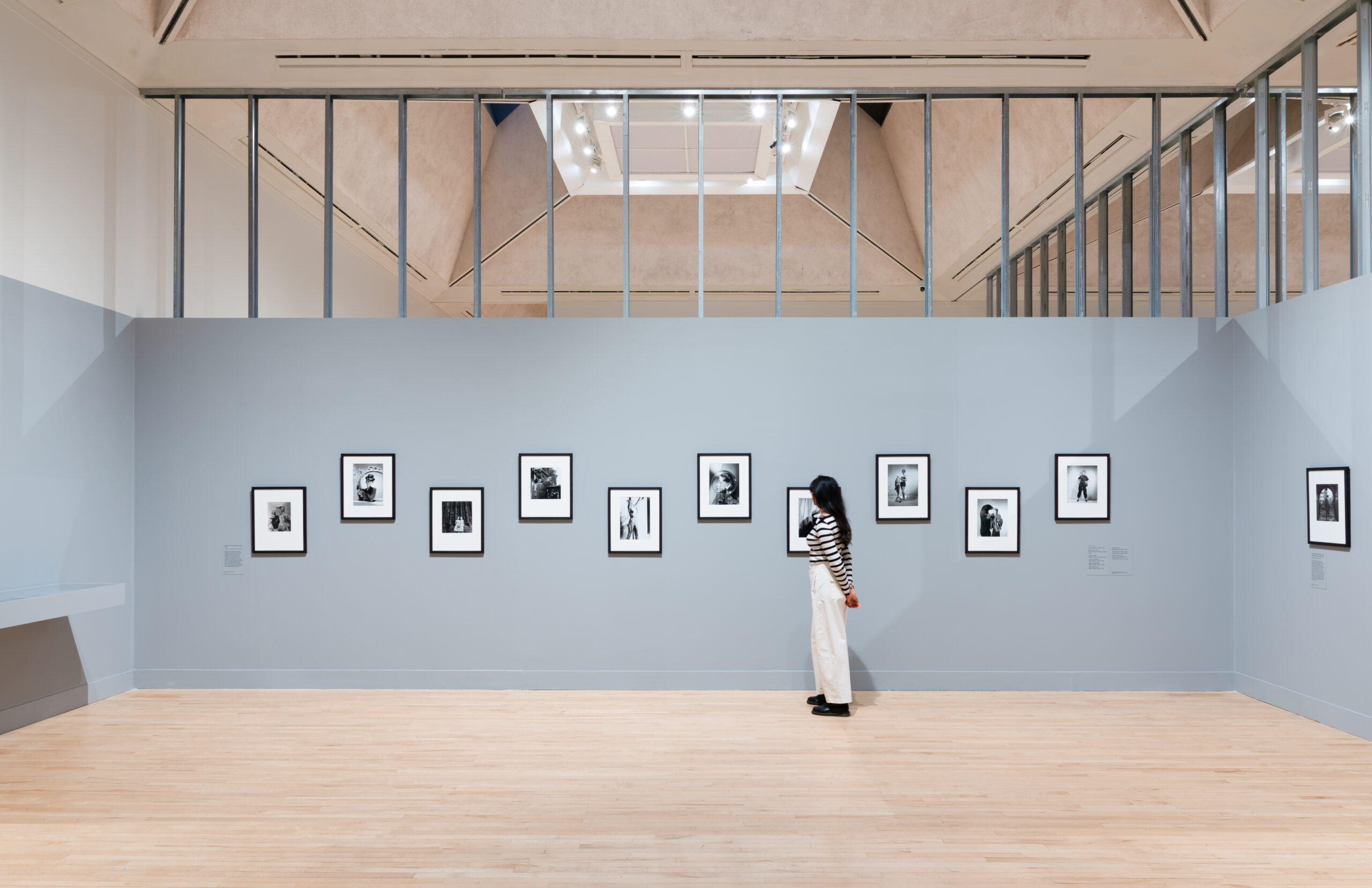
Installation Image Credit Installation Photography of Lee Miller at Tate Britain , 2 October 2025 – 15 February 2026. © Lee Miller Archives, England 2025 . All rights reserved. leemiller.co.uk . Photo © Tate (Sonal Bakrania).

